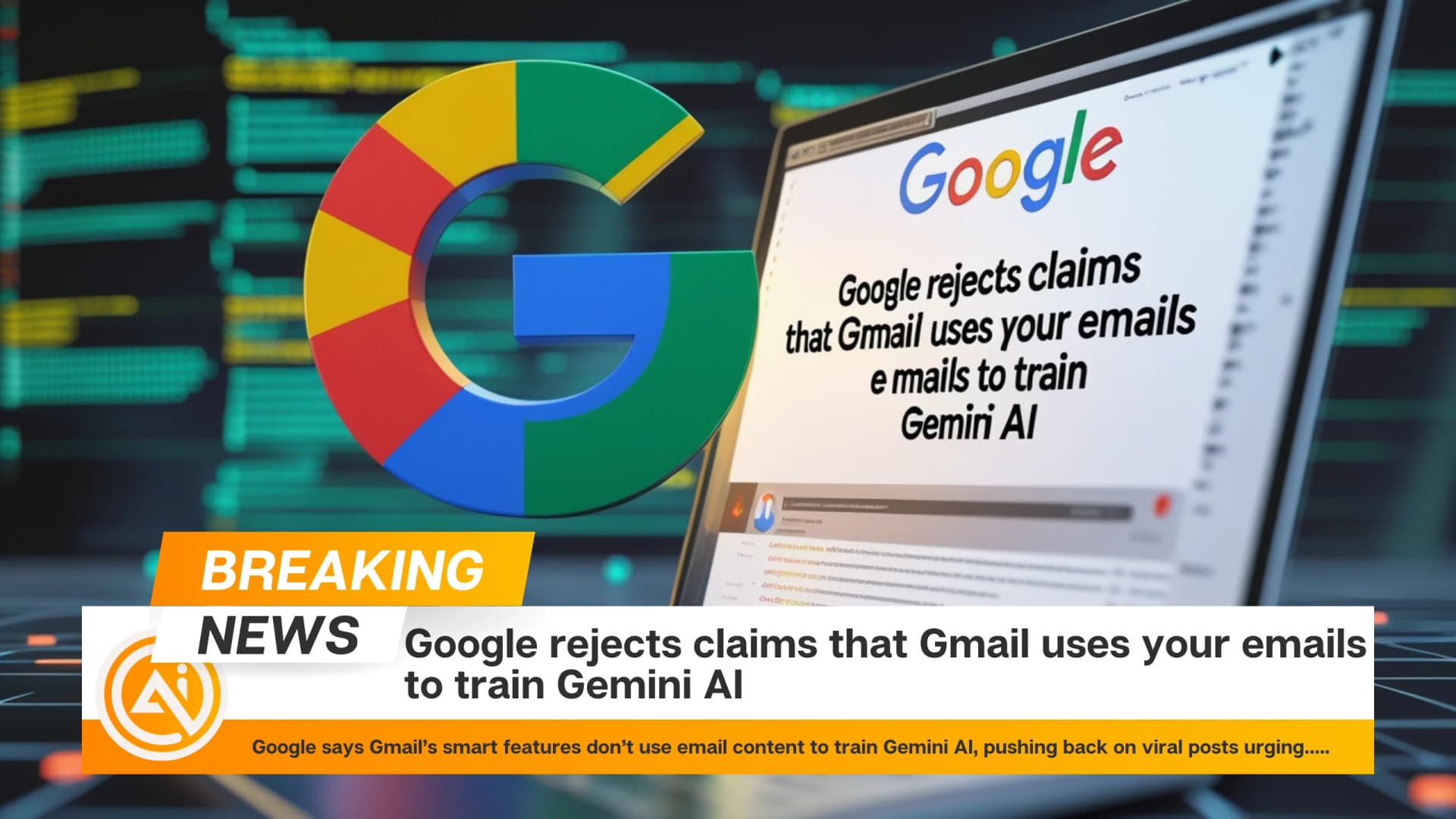Former Intel CEO Pat Gelsinger has embraced DeepSeek’s new open-source AI model, R1, for his startup Gloo, signaling a shift in AI innovation dynamics.
DeepSeek recently demonstrated its model’s ability to rival leading AI reasoning systems at significantly lower costs, using around 2,000 Nvidia H800 GPUs to train R1 in just two months for $5.5 million. This achievement has sparked industry-wide discussions, particularly as AI development increasingly relies on expensive, proprietary systems.
Gelsinger, now chairman of Gloo, a church-focused messaging platform, praised DeepSeek’s approach, highlighting how its affordability could democratize AI access. He emphasized three key lessons: lower costs lead to broader adoption, constraints drive creativity, and open ecosystems outperform closed ones.
These principles have driven Gloo to replace OpenAI’s services with R1, which it is integrating into its AI service, Kallm. Gelsinger believes DeepSeek’s model will not only make AI more accessible but also elevate its presence in devices like wearables and smart vehicles.
Despite Gelsinger’s enthusiasm, DeepSeek’s breakthrough has faced skepticism. Critics questioned its low training costs, speculating the use of higher-end chips or possible export restrictions.
Some found gaps in R1’s performance compared to established models, while others suggested OpenAI’s upcoming o3 model could reassert dominance. Still, Gelsinger dismissed these concerns, emphasizing that DeepSeek’s innovations rely on engineering ingenuity rather than brute computing power.
The development also raises geopolitical considerations, as DeepSeek’s advancements stem from China. While concerns over privacy and censorship persist, Gelsinger pointed out the irony of Chinese developers championing open ecosystems, a concept Western companies increasingly overlook.
For Gelsinger, DeepSeek’s model redefines the AI landscape, proving that cost-efficient, open-source AI can deliver transformative results. As Gloo continues to rebuild Kallm with R1, the implications for AI accessibility and innovation remain profound.
